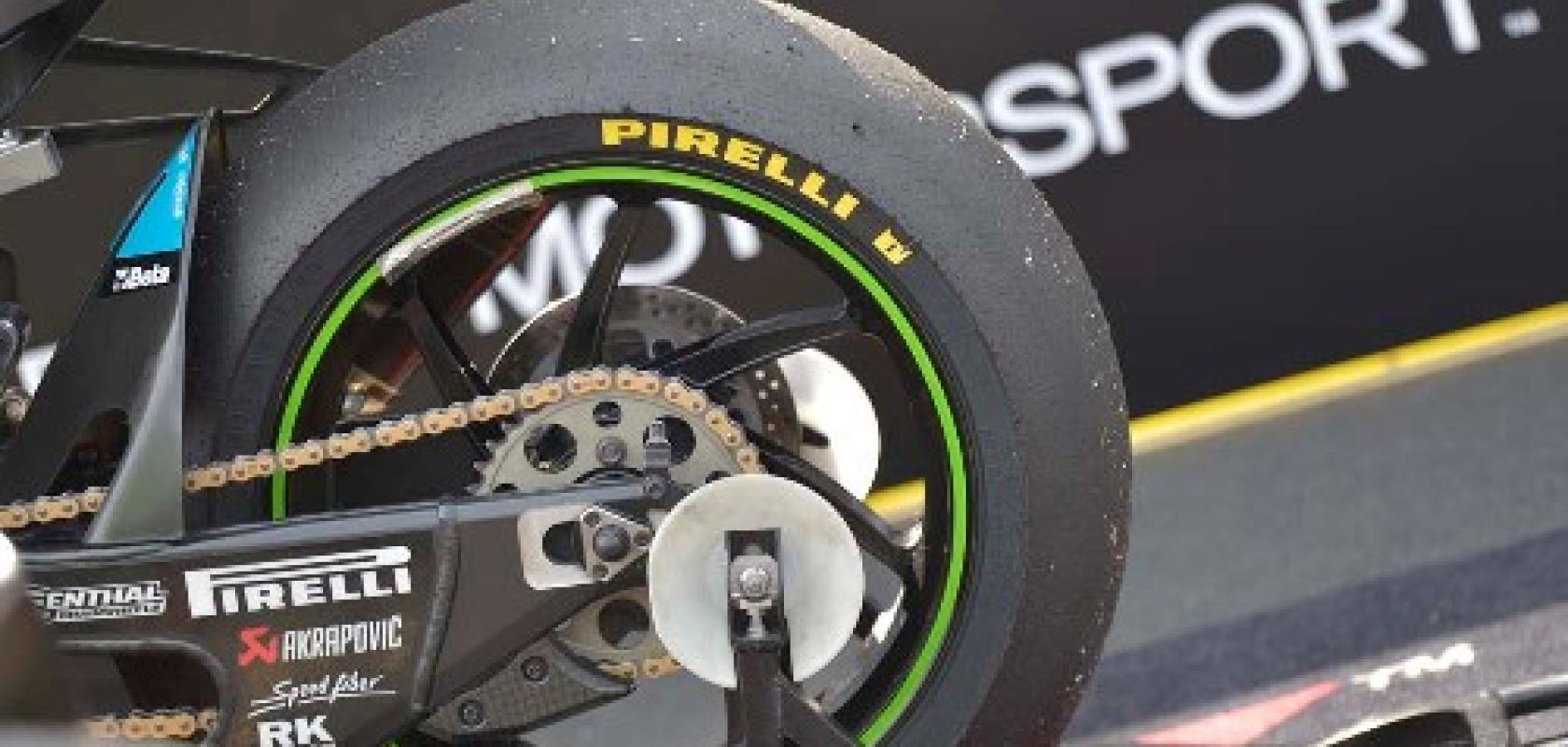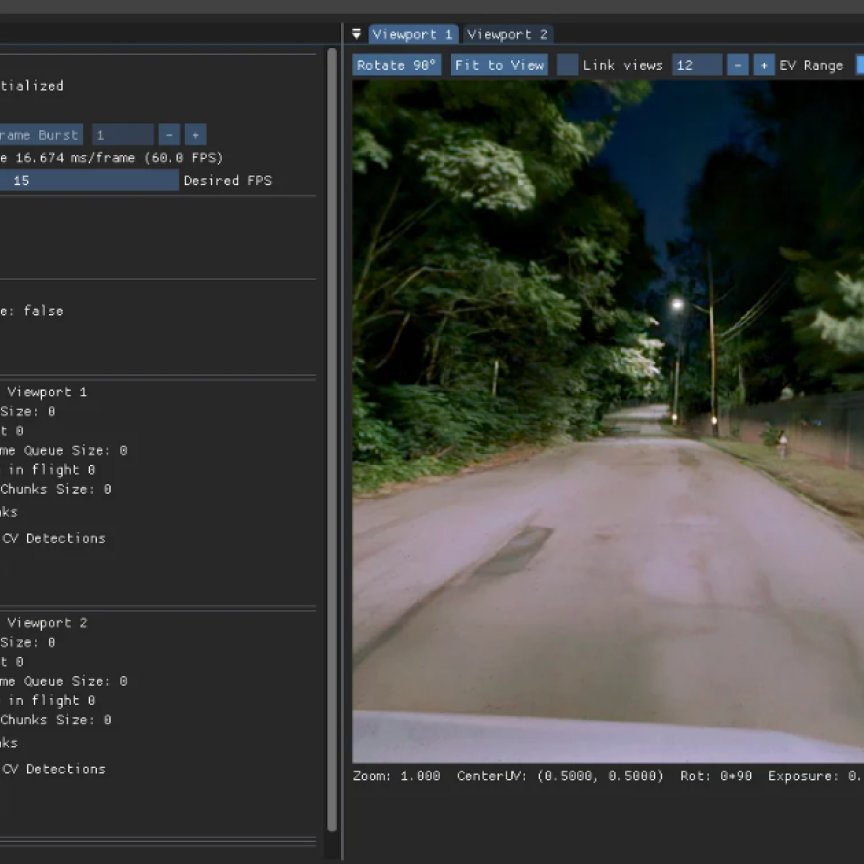The Italian tyre manufacturer Pirelli has built a prototype inspection system to improve quality control during the production of its tyres.
The Automatic Visual Control (CVA) project adds automated inspection and digitisation to Pirelli’s tyre manufacturing processes. Pirelli has around 30,000 employees and 20 production plants around the world.
Vincenzo Boffa, head of the vision technology group within the R&D department at Pirelli Tyre in Milan, presented the CVA project at the European Machine Vision Forum in Bologna, Italy, which took place from 5 to 7 September.
Boffa explained that automated surface inspection of a black opaque tyre is not easy to achieve. In addition, a tyre has a large surface area when both the external and internal surfaces are taken into account.
Tyres are complex objects, made up of different layers and different compounds. A ‘green’ tyre is built up of layers of semi-finished material and then moulded and cured to produce the final product.
Boffa compared tyres to pharmaceutical products, in that the quality of the end-product is important for Pirelli’s integrity. A lot of instrumentation is used to control the stability of the layers and compounds, and Boffa explained that manual inspection by employees is also a big part of the quality control checks that are carried out during tyre production.
The aim of the CVA project is to add automated inspection to the manufacturing process. Digitisation of the data is also important, as the information can be used to avoid defects in future production runs. ‘If we find a small defect, which is not a true defect, we can understand how to improve our process, how to avoid these defects in the future,’ Boffa said during his presentation. Automated inspection also reduces the amount of repetitive work for employees.
The prototype system is made up of three robotic islands equipped with 2D and 3D cameras. The tyre is rotated on its axis on a rotating table and is inspected with the cameras – the tyre is automatically centred using a vision system.
The inspection data include a 3D profile of the circumference of the tyre made by laser line imaging. Pirelli also uses a technique that illuminates the tyre with three different light sources: diffuse light, and left and right grazing light. A line scan camera, operating at one frame every 60ms, then captures three images under the different lighting conditions to identify very small defects, such as small cuts. The system uses high resolution cameras, along with customised, powerful LEDs.
Pirelli makes thousands of different tyres, of sizes ranging from those for 16-inch rims to 24 inches, and up to 30 inches in the US. The size of the tread can also vary substantially. ‘Our machine has to adapt to all the different sizes of tyre,’ Boffa explained.
The project was conducted in collaboration with the University of Bologna, Specialvideo, an Italian industrial vision system designer, and Politecnico di Torino. Pirelli has filed 43 patents relating to the CVA prototype as of the end of 2017.
Image: Pirelli tyre for the 2018 MOTUL FIM Superbike World Championships. Credit: Pirelli


